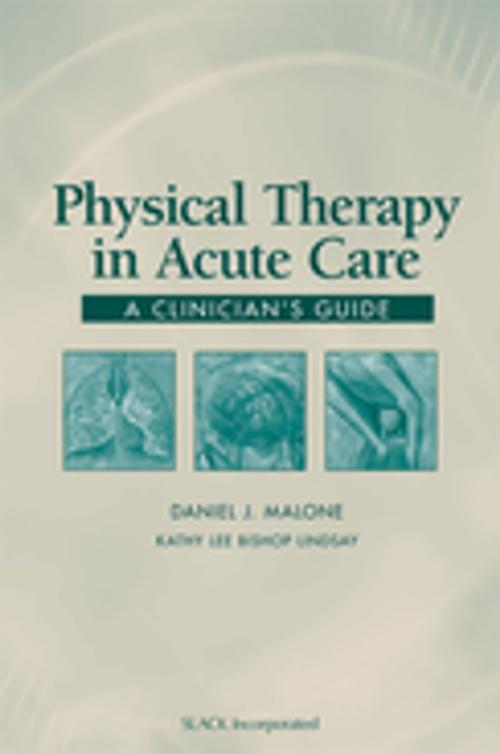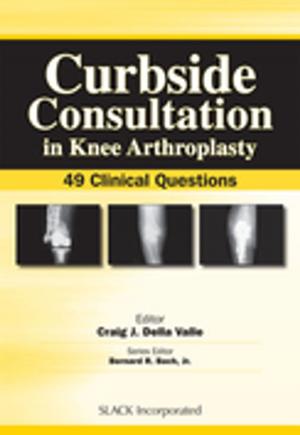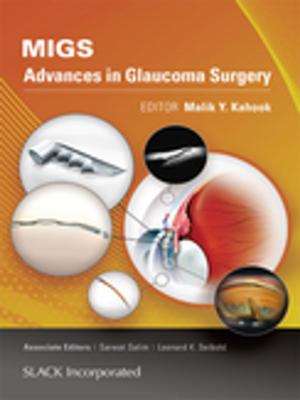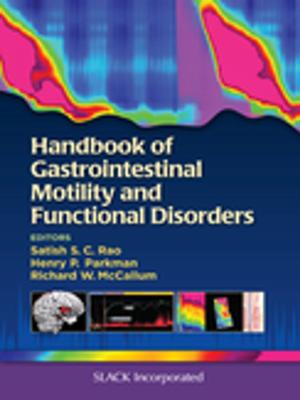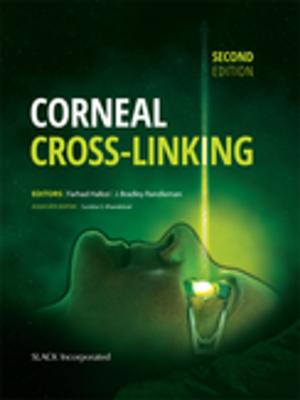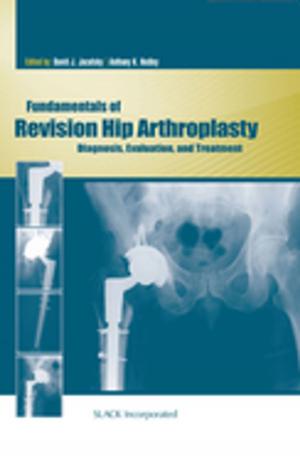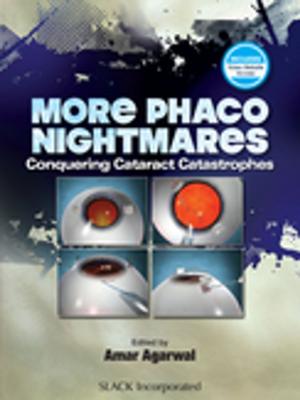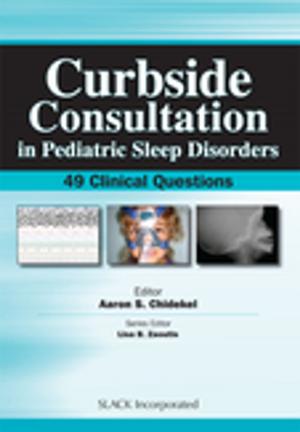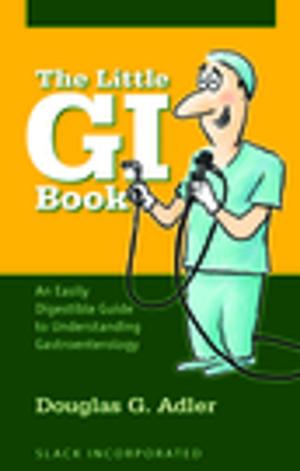Physical Therapy in Acute Care
A Clinician’s Guide
Nonfiction, Health & Well Being, Medical, Allied Health Services, Physical Therapy| Author: | ISBN: | 9781617114229 | |
| Publisher: | SLACK Incorporated | Publication: | May 15, 2006 |
| Imprint: | SLACK Incorporated | Language: | English |
| Author: | |
| ISBN: | 9781617114229 |
| Publisher: | SLACK Incorporated |
| Publication: | May 15, 2006 |
| Imprint: | SLACK Incorporated |
| Language: | English |
Safe and effective management is a top priority for every physical therapy student or clinician involved with patients in the acute care setting. Physical Therapy in Acute Care: A Clinician’s Guide is a user-friendly, pocket-sized, evidence-based text that guides and reinforces successful acute care patient management. Physical Therapy in Acute Care provides clinicians with an understanding of the basic physiological mechanisms underlying normal function of all major organ systems, contrasted with the pathophysiology of the disease and disorders that physical therapists will most often encounter in an acute care environment. Inside the pages of Physical Therapy in Acute Care, Daniel Malone and Kathy Lee Bishop-Lindsay provide a comprehensive review of acute physical therapy best practice. This text builds upon fundamental knowledge by addressing important components of patient examination, discussing relevant medical tests, and listing diseases and diagnoses alphabetically with brief medical management. Some Chapter Topics Include: Cardiovascular, pulmonary, musculoskeletal, gastrointestinal, genitourinary, and neurological diseases and disorders The immune system and infectious disease Oncology rehabilitation Wound care Transplantation Each chapter highlights important physical therapy concerns, examination findings, and rehabilitation interventions. In addition, Physical Therapy in Acute Care includes numerous tables, figures, review questions, and case studies that highlight the physical therapy patient care model as outlined in the Guide to Physical Therapist Practice. Exciting features: An in-depth description of laboratory tests and procedures incorporating the physiologic significance of abnormal findings Pharmacologic information for each organ system chapter including side effects of common medical interventions A chapter on deconditioning and bed rest effects in the acute care environment A discharge recommendation decision tree Whether you are a student of physical therapy, a physical therapist entering the acute care environment, or an experienced acute care physical therapist, Physical Therapy in Acute Care is the only resource for successful patient management you will need by your side.
Safe and effective management is a top priority for every physical therapy student or clinician involved with patients in the acute care setting. Physical Therapy in Acute Care: A Clinician’s Guide is a user-friendly, pocket-sized, evidence-based text that guides and reinforces successful acute care patient management. Physical Therapy in Acute Care provides clinicians with an understanding of the basic physiological mechanisms underlying normal function of all major organ systems, contrasted with the pathophysiology of the disease and disorders that physical therapists will most often encounter in an acute care environment. Inside the pages of Physical Therapy in Acute Care, Daniel Malone and Kathy Lee Bishop-Lindsay provide a comprehensive review of acute physical therapy best practice. This text builds upon fundamental knowledge by addressing important components of patient examination, discussing relevant medical tests, and listing diseases and diagnoses alphabetically with brief medical management. Some Chapter Topics Include: Cardiovascular, pulmonary, musculoskeletal, gastrointestinal, genitourinary, and neurological diseases and disorders The immune system and infectious disease Oncology rehabilitation Wound care Transplantation Each chapter highlights important physical therapy concerns, examination findings, and rehabilitation interventions. In addition, Physical Therapy in Acute Care includes numerous tables, figures, review questions, and case studies that highlight the physical therapy patient care model as outlined in the Guide to Physical Therapist Practice. Exciting features: An in-depth description of laboratory tests and procedures incorporating the physiologic significance of abnormal findings Pharmacologic information for each organ system chapter including side effects of common medical interventions A chapter on deconditioning and bed rest effects in the acute care environment A discharge recommendation decision tree Whether you are a student of physical therapy, a physical therapist entering the acute care environment, or an experienced acute care physical therapist, Physical Therapy in Acute Care is the only resource for successful patient management you will need by your side.
